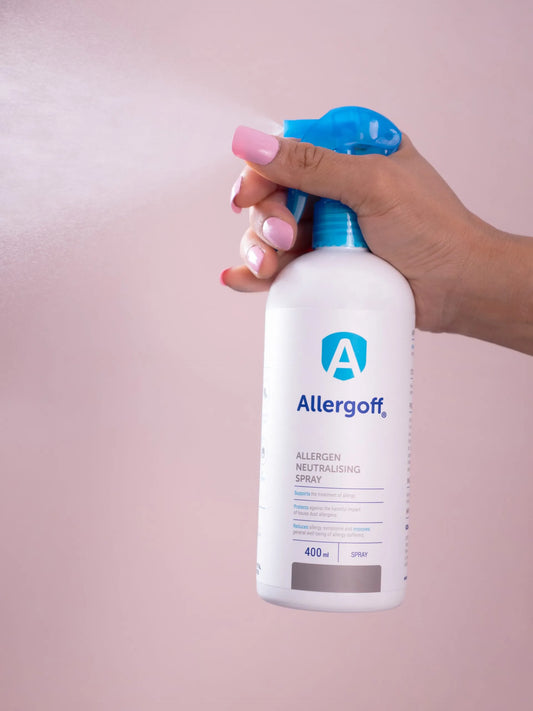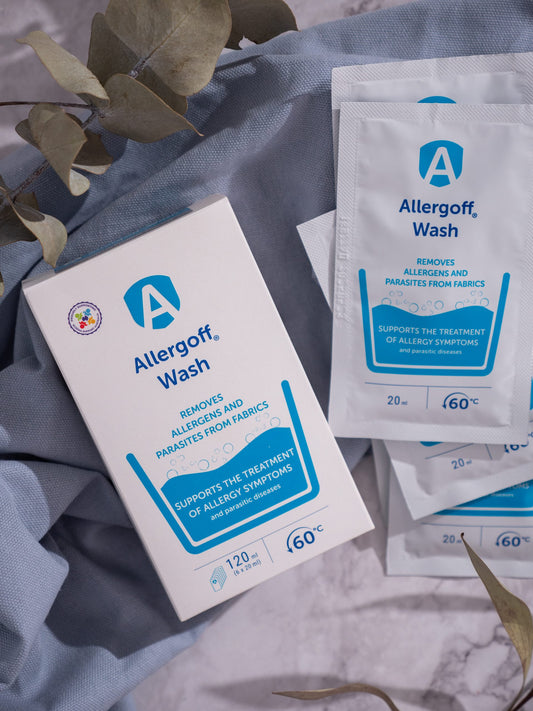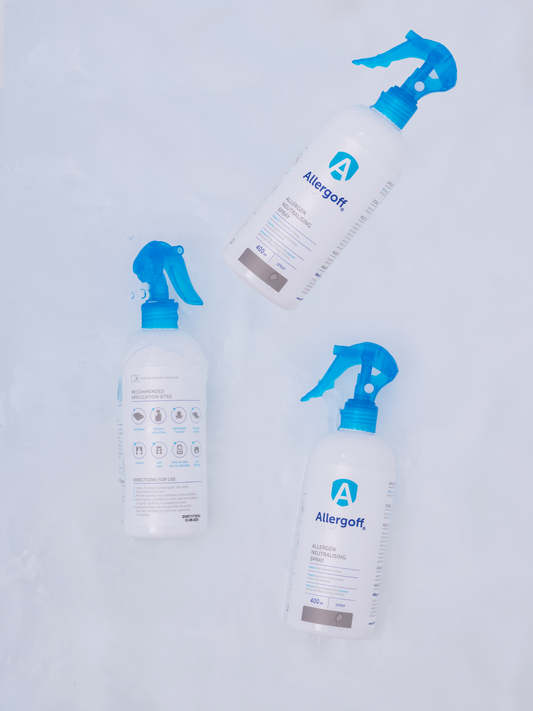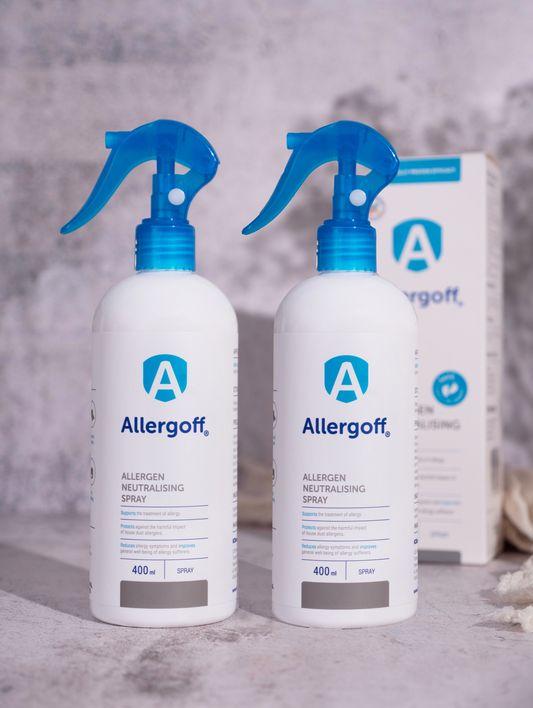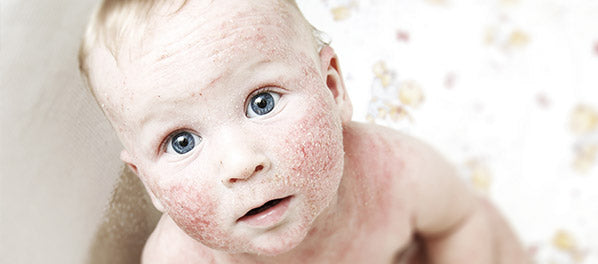
Share
About Atopic Dermatitis (AD)
Knowledge Base
Atopic Dermatitis (AD)
Atopic dermatitis or atopic eczema is the most common skin disease, first symptoms of this disease usually appear in early childhood. According to some statistics, 10-20% of children and 1-3% of adults around the world suffer from atopic dermatitis (eczema). 60% of children experience their first symptoms during the first twelve months of life. The symptoms continue up to the age of five among 90% of children.
This disease is caused by the genetically determined structure of the epidermal barrier. A deficiency of free fatty acids in this area allows the penetration of allergens which intensifies the symptoms of inflammation and itching. The epidermis is dry and thickened. Atopic dermatitis may occur together with other allergic diseases such as: bronchial asthma, allergic rhinitis, hives and food allergy. Environmental factors such as house dust allergens – mites, animal dander, pets hair, fungal spores and plant pollens have a significant influence on the development and exacerbation of Atopic Dermatitis.
Typical symptoms include: pruritus (itching), dry skin, eczema-like inflammatory lesions and thickening of the skin (lichenification). The epidermis of people with AD consists of less ceramides and free fatty acids. For this reason, less water is bounded in the epidermis, thereby it evaporates faster. This reduces the elasticity of the skin, which becomes more susceptible to microtrauma and cracks.
The disease may occur with other allergic diseases such as: bronchical asthma, allergic rhinitis, hives and food allergy. Allergens such as mites, animal dander, pets hair, fungal spores, plants pollen and food have a direct impact on atopic dermatitis. They are absorbed through the respiratory tract, gastrointestinal tract and the skin.
- The nesessity of avoiding allergens and other irritants
- Daily maintenance of the epidermis combined with the emolient therapy
- Anti-inflammatory therapy
What are the types of AD?
There are 3 different types of AD, Paediatric, Children’s and Adults Onset.
Pediatric AD
Symptoms manifest themselves immediately after birth – skin becomes dry or presents with skin lesions, such as erythema or exudate. They are located mainly near elbows and knee creases.
Children's AD
Dryness of the epidermis is accompanied by exfoliation and roughness. Skin thickens in the skin folds and on the forehead. On the elbows and knee creases there are alveolar-follicular lesions.
Adults Onset AD
In adult patients, skin lesions are usually present at elbows and knee creases and at the base of the neck. The lesions can cover a large part of the body and are usually more visible on the neck and face.

